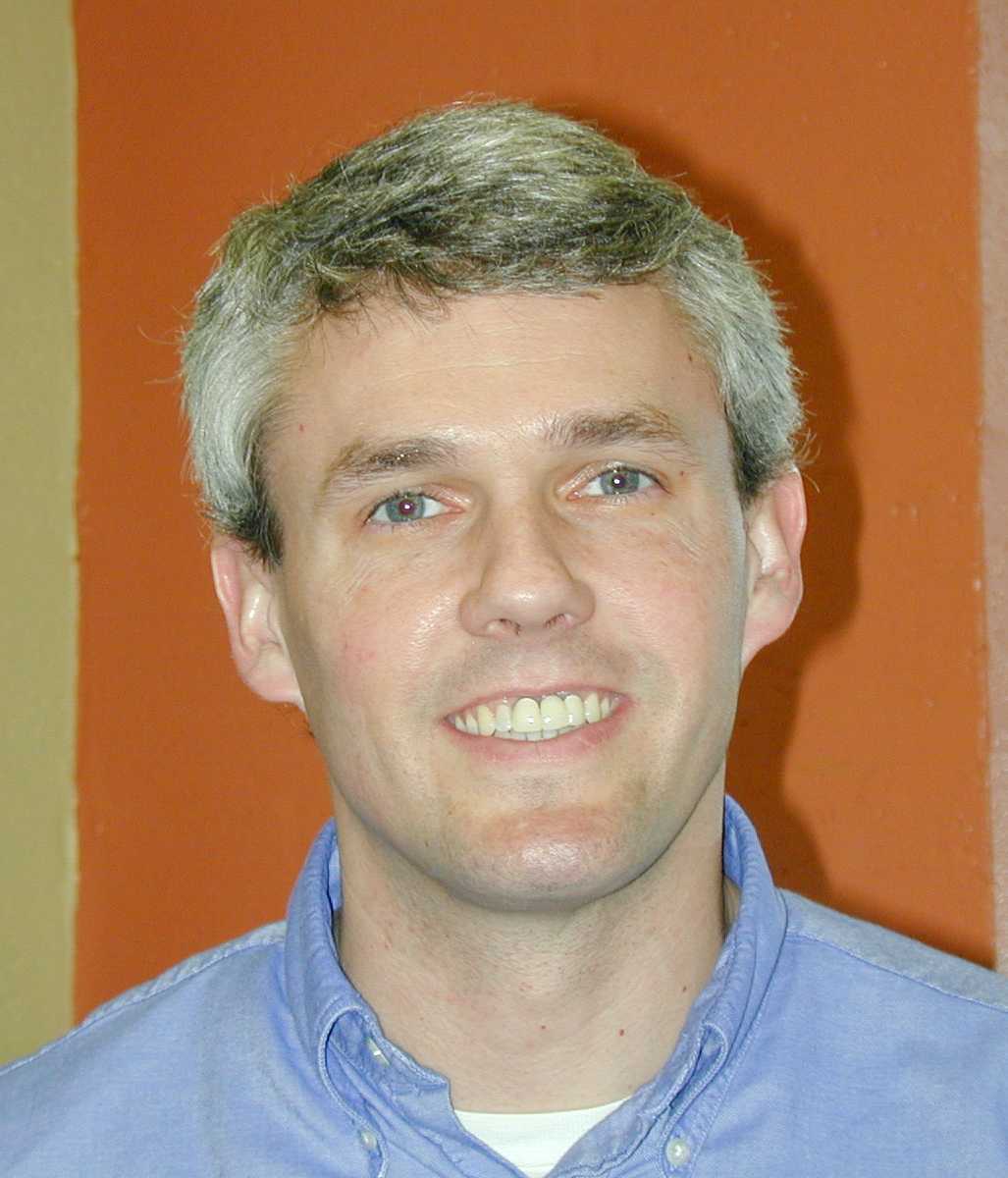Abstract:
Design and Optimization of ADR Systems for Low Temperature Applications
Low temperature detectors are the future of high-resolution x-ray and infrared missions. For fundamental reasons, cooling detectors close to absolute zero (typically 50 millikelvin) enables much higher resolution of the temperature changes associated with absorbing infrared and x-ray photons, so much so that energy of individual soft x-rays can be determined to better than a part in 1000. For space missions, only an adiabatic demagnetization refrigerator (ADR) is capable of reaching such temperatures. Cooling originates in a system of ordered magnetic spins, and thus is a very efficient, robust technique, ideally suited to low gravity environments. The challenge for the future is to engineer ADRs with larger cooling capacity and that can reject heat to progressively warmer heat sinks. The latter requirement arises from the fact that stored cryogens are rapidly being replaced by cryocoolers as the pre-cooler for ADRs. Cryocoolers have many advantages over stored cryogens, including long service life and operational simplicity, but they do not provide as low a base temperature. Consequently there are many trades and options that need to be evaluated to arrive at an optimal design for the complete cryogenic system.
This talk will present the current state of ADR technology, with an emphasis on a continuously operating ADR developed in the Cryogenic Group at Goddard, and discuss the capabilities and limitations of stored cryogen systems and cryocoolers, and how these affect overall system design, mass, and power requirements. In support of Safety Week activities, the talk will also discuss safety aspects of these systems and how these can increase cost, risk and complexity of cryogenic missions.
Biography:
 Dr. Peter Shirron
received his PhD in Low Temperature physics from the University of Illinois at Urbana-Champaign in 1989, and has been working at Goddard Space Flight Center in the Cryogenics Group since then. During this period he has divided his time between supporting space cryogenic missions and conducting technology R&D. He was a Co-Investigator for the Superfluid Helium On-Orbit Transfer (SHOOT) experiment which flew on Space Shuttle Endeavor in 1993 and demonstrated the transfer of helium between two dewars on the Space Shuttle, and supported the development of the ADR and porous plug vent for the X-Ray Spectrometer instrument on Astro-E1 and Astro-E2, which was successfully launched in July 2005. Research efforts have included two-stage SQUID array amplifiers, high-resolution detectors, and ADRs. In 1999, he began development of the continuous ADR, the first magnetic refrigerator to operate continuously at sub-Kelvin temperatures. This effort led directly to Goddard being selected to build a two-stage ADR for the Japanese Astro-H mission, scheduled to launch in 2013, which now occupies his time.
Dr. Peter Shirron
received his PhD in Low Temperature physics from the University of Illinois at Urbana-Champaign in 1989, and has been working at Goddard Space Flight Center in the Cryogenics Group since then. During this period he has divided his time between supporting space cryogenic missions and conducting technology R&D. He was a Co-Investigator for the Superfluid Helium On-Orbit Transfer (SHOOT) experiment which flew on Space Shuttle Endeavor in 1993 and demonstrated the transfer of helium between two dewars on the Space Shuttle, and supported the development of the ADR and porous plug vent for the X-Ray Spectrometer instrument on Astro-E1 and Astro-E2, which was successfully launched in July 2005. Research efforts have included two-stage SQUID array amplifiers, high-resolution detectors, and ADRs. In 1999, he began development of the continuous ADR, the first magnetic refrigerator to operate continuously at sub-Kelvin temperatures. This effort led directly to Goddard being selected to build a two-stage ADR for the Japanese Astro-H mission, scheduled to launch in 2013, which now occupies his time.
 Dr. Peter Shirron
received his PhD in Low Temperature physics from the University of Illinois at Urbana-Champaign in 1989, and has been working at Goddard Space Flight Center in the Cryogenics Group since then. During this period he has divided his time between supporting space cryogenic missions and conducting technology R&D. He was a Co-Investigator for the Superfluid Helium On-Orbit Transfer (SHOOT) experiment which flew on Space Shuttle Endeavor in 1993 and demonstrated the transfer of helium between two dewars on the Space Shuttle, and supported the development of the ADR and porous plug vent for the X-Ray Spectrometer instrument on Astro-E1 and Astro-E2, which was successfully launched in July 2005. Research efforts have included two-stage SQUID array amplifiers, high-resolution detectors, and ADRs. In 1999, he began development of the continuous ADR, the first magnetic refrigerator to operate continuously at sub-Kelvin temperatures. This effort led directly to Goddard being selected to build a two-stage ADR for the Japanese Astro-H mission, scheduled to launch in 2013, which now occupies his time.
Dr. Peter Shirron
received his PhD in Low Temperature physics from the University of Illinois at Urbana-Champaign in 1989, and has been working at Goddard Space Flight Center in the Cryogenics Group since then. During this period he has divided his time between supporting space cryogenic missions and conducting technology R&D. He was a Co-Investigator for the Superfluid Helium On-Orbit Transfer (SHOOT) experiment which flew on Space Shuttle Endeavor in 1993 and demonstrated the transfer of helium between two dewars on the Space Shuttle, and supported the development of the ADR and porous plug vent for the X-Ray Spectrometer instrument on Astro-E1 and Astro-E2, which was successfully launched in July 2005. Research efforts have included two-stage SQUID array amplifiers, high-resolution detectors, and ADRs. In 1999, he began development of the continuous ADR, the first magnetic refrigerator to operate continuously at sub-Kelvin temperatures. This effort led directly to Goddard being selected to build a two-stage ADR for the Japanese Astro-H mission, scheduled to launch in 2013, which now occupies his time.